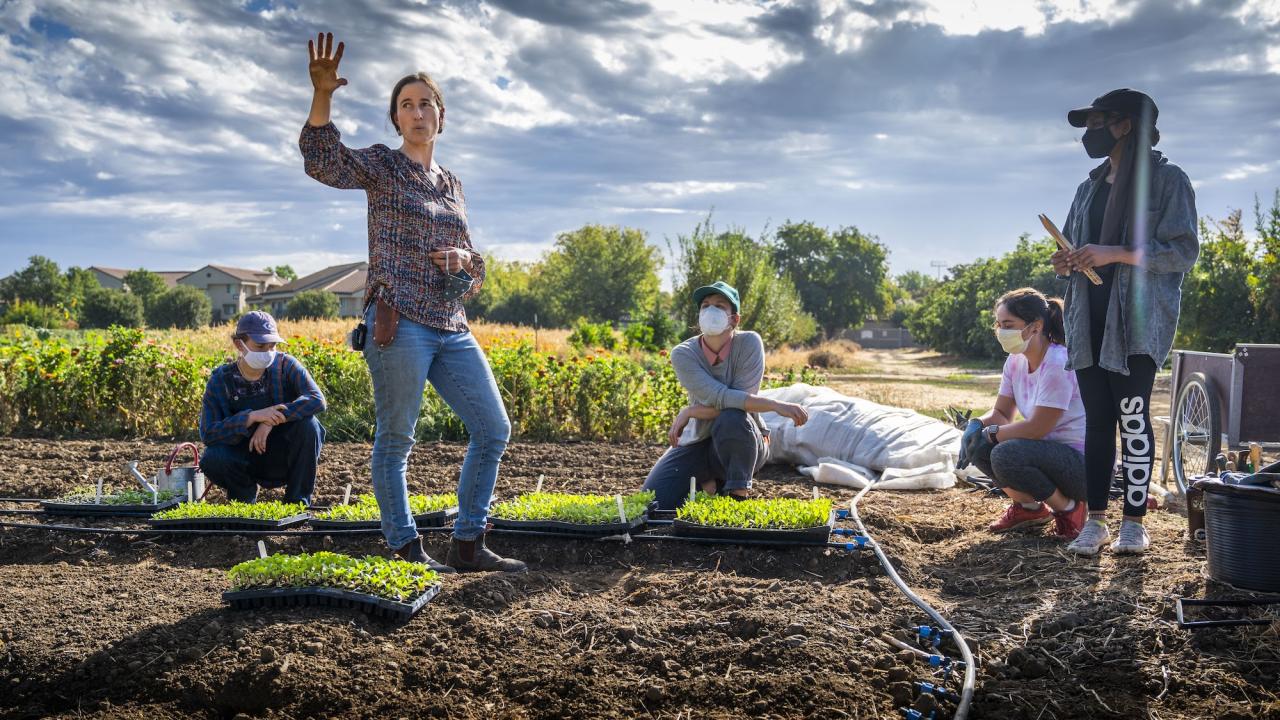Growing for Beginners: Newbie Gardening Explained in Easy-to-Follow Actions
Wiki Article
From Beginner to Eco-friendly Thumb: A Step-by-Step Trip With the Art of Gardening

Understanding Your Horticulture Space
To start your horticulture journey, it is necessary to understand the special characteristics and restrictions of your horticulture space. Are there any type of certain challenges you may deal with, such as bad dirt quality or restricted water availability? Comprehending these aspects will certainly help you make notified choices concerning the kinds of plants that will prosper in your room.Take into consideration the size of your gardening area. You might need to focus on container gardening or upright gardening to optimize your expanding location if you have a small space. On the other hand, if you have a big area, you have the high-end of growing a selection of plants and developing various areas within your yard.
If your area is shaded, you can choose for shade-loving plants like ferns or hostas (newbie gardening). If your room obtains full sun, you can expand a vast variety of plants, including natural herbs, vegetables, and flowers.
Last but not least, take into consideration any kind of restrictions or challenges particular to your area. If your soil high quality is inadequate, you might need to change it with compost or pick plants that are forgiving of less-than-ideal conditions. You can decide for drought-tolerant plants or execute water-saving strategies like mulching. if water is scarce.
Picking the Right Plants for Your Yard
Select plants that are appropriate to your yard's special conditions and your personal choices. When selecting plants for your yard, it is very important to consider aspects such as sunshine, soil kind, and climate. Have a look at the quantity of sunlight your yard receives throughout the day. Some plants prosper in complete sun, while others like partial and even full color. Consider the dirt kind in your garden. Some plants choose well-drained dirt, while others thrive in damp or clay-like dirt. Additionally, take into consideration the environment in your area. Some plants are better matched for warm and dry environments, while others can withstand colder temperatures.Another essential element to think about is your individual choice. Do you like a garden loaded with vibrant blossoms, or are you extra thinking about growing vegetables and herbs? Believe regarding the function you want your garden to serve and the aesthetic you intend to achieve. It's also worth thinking about the upkeep level of the plants you select. Some plants need more care and attention, while others are more low-maintenance.
Preparing the Dirt for Planting
Most plants choose a somewhat acidic to neutral pH, around 6.0 to 7.0. Inadequately drained soil can lead to waterlogged origins and various other plant health go to my site problems. By analyzing and making necessary modifications to your soil, you can produce an ideal setting for your plants to grow.Nurturing and Keeping Your Garden
Make sure to sprinkle your plants deeply, allowing the water to pass through the soil and get to the origins. Routine weeding is additionally essential to maintain your garden cost-free from unwanted plants that contend for nutrients and space. Consistently examine your plants for any kind of signs of invasion or ailment and take immediate activity to prevent additional damages.Troubleshooting Common Horticulture Issues
To deal with usual horticulture issues, begin by recognizing the issue and taking prompt activity. One of the most typical concerns gardeners face is bugs. If you notice chewed leaves or plants that are shriveling for no noticeable reason, you may have a bug problem. Examine your plants closely for indicators of bugs or various other parasites. Eliminate them manually or use organic insect control techniques if you find any type of. One more typical issue is nutrition shortage. If your plants have actually yellow or blemished fallen leaves, they might not be obtaining sufficient nutrients. Consider fertilizing your soil or including garden compost to boost its nutrition material. Overwatering is one more problem that can hurt your plants. You might be overwatering if you discover waterlogged dirt or wilting regardless of appropriate watering. Change your watering schedule accordingly and make certain correct water drainage. Illness can also influence your yard. It could be an indicator of illness if you see spots, mold and mildew, or uncommon growth on your plants. Get rid of impacted plants and treat the continuing to be ones with organic fungicides this link or pesticides. By without delay attending to these common concerns, you can guarantee the health and success of your yard.Conclusion
Congratulations! You have actually successfully finished the trip from novice to eco-friendly thumb in the art of horticulture. By understanding your gardening room, choosing the right plants, preparing the soil, and supporting your yard, you have gotten rid of usual horticulture problems like a pro. Currently, equipped with expertise and experience, you prepare to take pleasure in the elegance and abundance of your flourishing garden. Maintain up the magnum opus and remain to cultivate your eco-friendly thumb!
When picking plants for your yard, it is important to take into consideration aspects such as sunlight, dirt type, and you could check here climate. Some plants like well-drained soil, while others grow in clay-like or moist soil (newbie gardening). By comprehending your gardening room, selecting the right plants, preparing the dirt, and nurturing your yard, you have gotten over typical gardening concerns like a pro
Report this wiki page